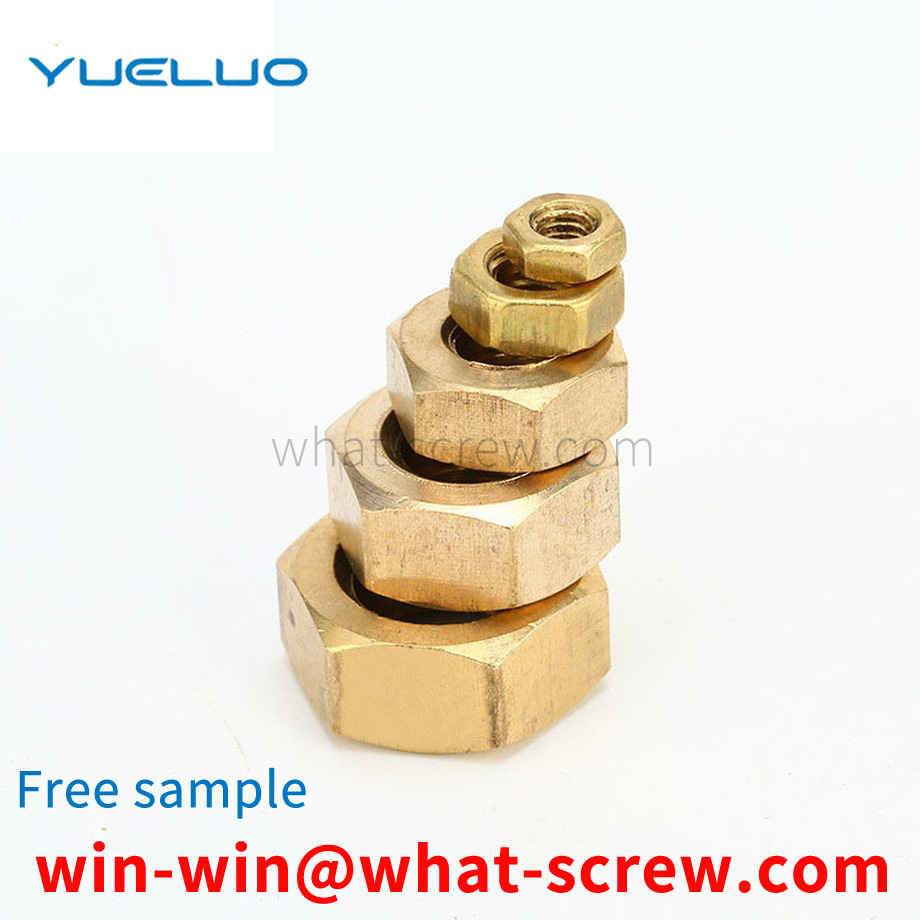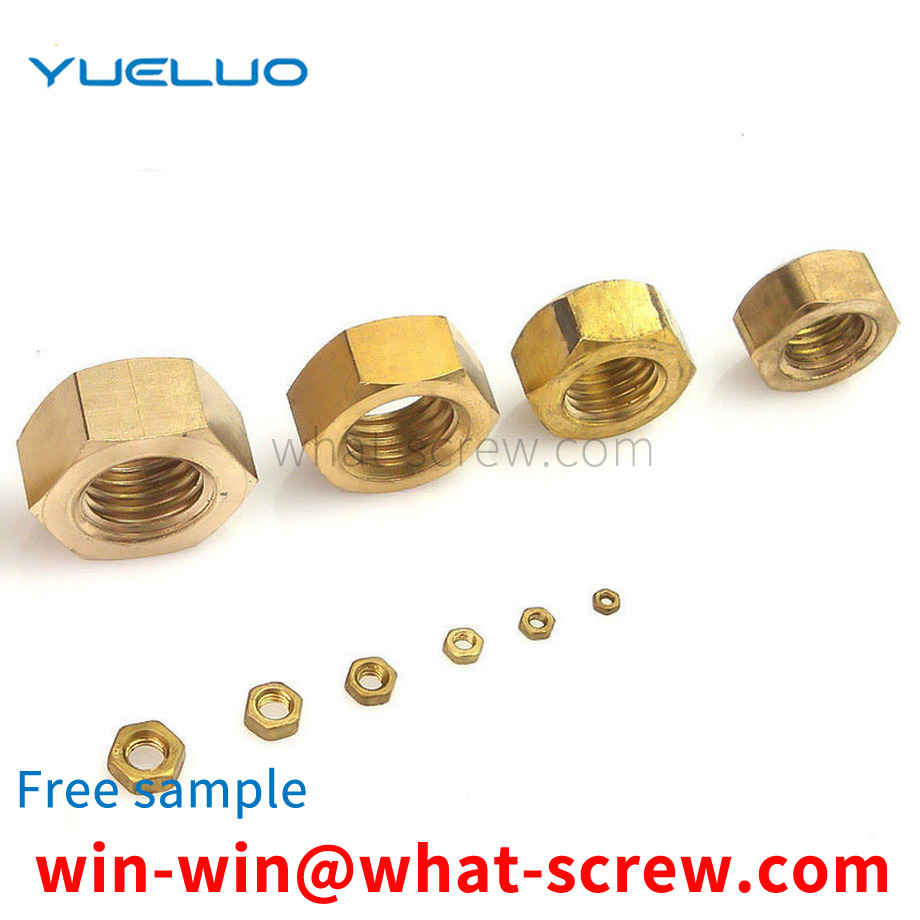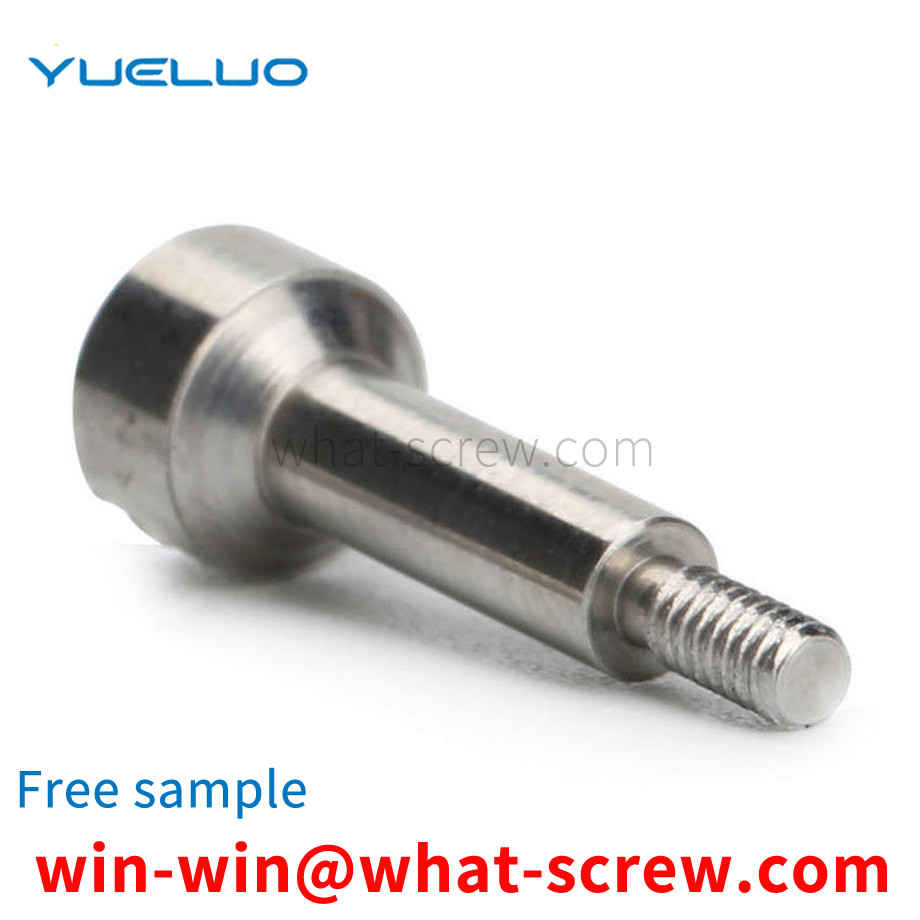What is the tolerance range of precision screws?
What is the tolerance range of precision screws?
Service Hotline
+86760-8787 8587We have more than ten years of production experience in the screw industry, the main products are: screws and bolts, GB860 black saddle-shaped elastic washers, rivets, large knurled thumbscrews, nickel-plated color zinc, claw nuts, plastic screw caps Nuts, conical nut bolts, hardened high-strength gaskets, supply fastener screws, large flat washer bolts, anti-loosening bolts, torx countersunk head screws, screws, stainless steel 304 anti-loosening nuts and other fasteners, Due to the different materials and specifications of the products, the prices are also different, please contact us if necessary.


Aiming at the shortcomings of the above-mentioned cabinets in the prior art that are assembled through hardware accessories, which affects the overall appearance, Yueluo provides a cabinet with a hidden screw-type installation structure and an assembling method thereof. The plate is fixed so that the screws can be hidden from the outside.

Nuts are used as fasteners, and most of them need to be used in conjunction with gaskets in the process of use to adjust the deficiencies of the material itself and strengthen the degree of tightening, while metal materials are used as raw materials for gaskets. The cost is also relatively high, and in the process of use, the end face of the metal gasket and the nut will also be affected by the process, resulting in the defect that the fastening effect is not firm and easy to loosen.


Other names of lock nut: root nut, locknut, nut. Purpose: To lock the outer joint of the through wire or other pipe fittings. The working principle of the nut is to use the friction between the nut and the bolt for self-locking. However, the reliability of this self-locking is reduced under dynamic loads. In some important occasions, we will take some anti-loosening measures to ensure the reliability of the nut locking. Among them, the use of lock nuts is one of the anti-loosening measures. There are also three types of lock nuts: The first is to use two identical nuts to screw on the same bolt, and add a tightening torque between the two nuts to make the bolt connection reliable. The second is a special anti-loosening nut, which needs to be used together with a kind of anti-loosening washer. The special lock nut is not a hexagonal nut, but a medium round nut. There are 3, 4, 6 or 8 notches on the circumference of the nut (depending on the size of the nut and the product series of the manufacturer). Several notches are both the focal point of the tightening tool and the snap-in of the lock washer bayonet. The third type is to drill through threaded holes from the outer surface of the nut to the inner thread surface (usually 2, which are distributed at 90 on the outer surface), which are used to screw in small-diameter countersunk head screws. The purpose is to give the thread Apply a centripetal force to prevent the locknut from loosening. The better quality lock nut sold on the market is inlaid with a small copper block that is consistent with the thread of the lock nut on the inner surface of the nut to prevent the radial jacking screw from directly contacting the locked thread and damaging the latter. . This kind of lock nut is gradually applied in the shaft end locking of rotating motion parts, such as the anti-looseness of the bearing at the mounting end of the ball screw. The second anti-loosening method is more reliable than the first, but the structure is relatively complex. Compared with the first two, the third clock has the characteristics of better anti-loosening effect, simpler and more beautiful structure and smaller axial size.

structure for concealing installation screws, comprising a locking piece, a driving piece, a bottom plate, a blocking cover and a handle head, the lower ends of the two locking pieces are provided with positioning holes, and the locking pieces pass through the positioning holes and the locking piece positioning posts on the base The occlusal and fixed, the middle of the two locking pieces is provided with a protruding point, the movable groove of the driving piece corresponds to the protruding points of the three locking pieces for fixing, the riveting point holes and screw holes of the bottom plate and the riveting points of the base The position that matches the screw holes and is fixed by screws, the blocking cover is directly inserted into the bottom plate, and the blocking cover is fixed by the rotating drive piece, the handle head is inserted into the base, and the slot of the handle head moves to the locking piece at the locking piece Lock the handle.

The above content is uploaded by Yueluo or the Internet. If there is any copyright issue, please contact [email protected].

What is the tolerance range of precision screws?

How to choose the right stainless steel screw manufacturer?

Why is there an R angle under the head of the hexagon head s...

We have more than ten years of experience in screw industry ...

We have more than ten years of experience in screw industry ...

We have more than ten years of experience in screw industry ...

We have more than ten years of production experience in the ...